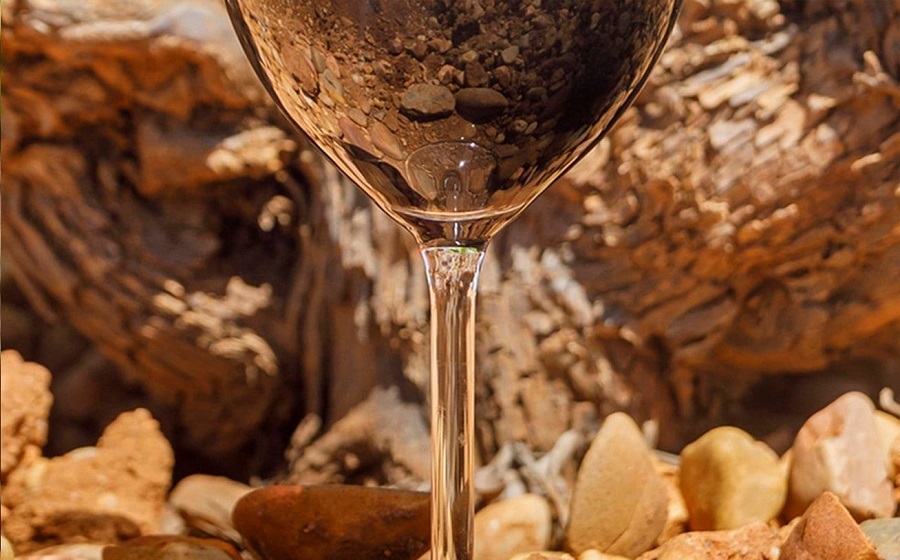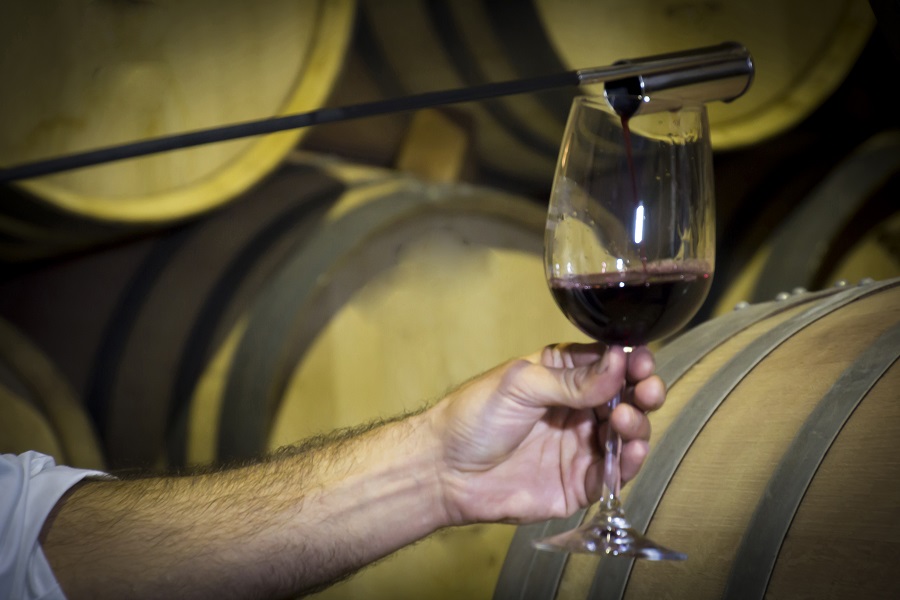One of the virtues that make wines so special is their individuality. Every terroir, every variety, every vintage… they all make uncorking a bottle a unique and unrepeatable moment. That’s why, to turn the moment of tasting into an amazing experience for all five senses, you need to make sure you choose an excellent wine, one that combines the best aromas and flavours of its land and that reveals its essence with every sip. So, in this post, we’ll be giving you some tips to start you off as a wine taster and allow you to pick out high-end La Mancha Designation of Origin wines, which will become your favourite top quality drink.
Contenidos
The story of a land told through sight, smell and taste
The fact that wine has stood the test of time as a great drink hints at its differences compared to other drinks. In fact, there are places whose history and longevity has revolved around wine, which has become intricately entwined in their culture, architecture, traditions and gastronomy. The region of La Mancha, set in the autonomous region of Castilla-La Mancha (on the central plateau of the Iberian Peninsula) is actually a good example of this.
The phases of wine tasting
Before describing some of the most representative and distinctive organoleptic characteristics of La Mancha wines, let’s look at a brief reminder of the three phases involved in wine tasting.
Visual phase
Broadly speaking, this describes the appearance of the wine in the glass. The correct way to hold a wine glass is by the stem with your fingertips, so you don’t interfere with the temperature of the wine. Start by tilting the glass and the first thing to look at is the colour followed by clarity and brightness. Red wines will have purple, cherry, violet and russet tones, amongst others.
White wines on the other hand, will be straw yellow, greenish, golden, etc. Rosé wines will have shades of raspberry, pale pink or salmon pink. It’s customary to notice the rim of the wine, which usually has varying colours. As well as the colour, the robe is also an indication of the wine’s opacity. In the case of sparkling wines, it’s also important to note the consistency of their bubbles and their rosary.
Olfactory phase
This phase is to do with the nose of the wine and has two parts: distinguishing the aromas when the glass is held still and when the wine is gently swirled. The first part involves identifying the primary aromas. Then, when the wine is swirled in the glass, it will give off its secondary aromas and, if it has been aged in the barrel, the tertiary aromas.
The aromatic variety of wine is almost endless, so you’ll be able to distinguish some that are different from one another, such as fruity, herbaceous, floral, mineral, bakery aromas and so on. Note that the primary aromas come from the grape variety itself; the secondary aromas from fermentation, and the tertiary aromas from ageing.
Gustatory phase
This phase involves taste and for many people it’s the most pleasurable. A small sip, held in the mouth for a few seconds, is ideal for appreciating the qualities of wine. The main flavours (sweet, salty, bitter and acid) shouldn’t overwhelm each other to find balance and achieve a ’rounded’ wine.
The next step is to check the duration of the flavours, what’s known as persistence on the palate. If the flavour remains for more than 6 seconds, we would generally be talking about a wine with high persistence. In terms of flavours, the range and variety are enormous. The most prominent include fruits (tropical, white fruits, ripe fruits, etc.), plants, woods and spices.
Learn to recognise La Mancha wines
After centuries dedicated to viticulture and the excellent way the vines have adapted to the soil, producing fruit with superior organoleptic properties, La Mancha Designation of Origin wines are recognised and appreciated across the five continents. The DO’s vast expanse of vineyards (the largest in the world) and the 28 varieties registered means it can produce a huge variety of wines to suit all tastes.
They have many great qualities and are well-balanced, easy to drink wines with an outstanding fruity character. However, depending on the type, they have some specific features:
- Red: Whether young, oak, crianza, reserva or gran reserva, they have amazing body and intense flavour. The Tempranillo or Cencibel variety is the most typically grown in the region and is fantastic quality.
- White: Generally dry and slightly sweet wines. With good acidity, its colours take on pale tones that show its youth, although the region also produces white cask-aged wines and surprising crianza wines. They give off very pleasant aromas. In La Mancha, the main white variety is Airén.
- Rosé: These wines are widespread across the region’s wineries. They’re simple, young wines with pale pinkish or red tones, intense aromas and generous fruity flavours.
- Sparkling: Although this type of wine is the most recent to go into production in La Mancha, the region’s wineries have been able to perfect the traditional métode champenoise to achieve wines with undeniable quality and flavour. They make sparkling dry, semi-dry, sweet, extra-dry and extra-brut, with particularly fine and continuous rosaries of bubbles and a lovely creaminess and fruity essence in the nose and mouth.
















